According to exterior designer Amín Sádek, there’s a little hint of Iron Man in Seat’s new 20V20 crossover concept.
In the comic/movie franchise, Tony Stark, the fictional character inside the superhero suit, is kept alive via a circular electromagnet embedded in his chest.
A similar device also brings the 20V20 to life, although you can get away with carrying Seat’s Personal Drive Device (PDD) in your pocket rather than undergoing surgery.
The PDD is a circular object the size of an ice hockey puck. It is a magnetic ‘key’ that a user locks into a cradle on the concept car’s centre console. Once in place, it controls interior functions such as driving modes, heating and infotainment options.
It’s one of several clever features on Seat’s bold concept, which we’re getting a closer look at, plus a short drive in, following its star turn at the recent Geneva motor show.
The 20V20 – or, to give it its full Spanish name, ‘vision veinte veinte’ – is important. Its bold creases, slashes and folds serve as a shop window for the next evolution of Seat’s design language. More significantly, the 20V20 signposts the company’s intention to create crossovers and SUVs to augment its model range.
The potential of such vehicles for Seat becomes clear on our short drive from Barcelona airport to the Castellolí race track, where we’re due to sample the one-of-a-kind 20V20. The motorway is filled with battered Toledos, shiny Exeos and enthusiastically driven Leons, but almost as numerous as the homegrown fare are Nissan Qashqais and Volkswagen Tiguans.
What an opportunity. To bring their own version to market as quickly as possible, Seat’s bean counters at Martorell must be tempted to roll up their suit sleeves, scurry down to the shop floor and screw together a crossover themselves.
“When you analyse the market, you notice that customers are going away from MPVs to crossover-SUVs because they can combine a little bit more personality with high functionality,” says Sádek.
At Castellolí, I set eyes on the burnt orange concept. First thought? It’s even more muscular and sharply styled than it looks in the pictures. At 4.7m, it’s 40cm longer than a Leon hatchback and has a 2.79m-long wheelbase with a 1.65m-wide front track. A jacked-up ground clearance of 228mm and 20in alloys enhance its road presence.
The first real SUV we’ll see from Seat won’t be as grand as this Audi Q5-sized concept, however. Instead, it’ll be something to rival a Qashqai. That’s not to say the company won’t make one as big as the 20V20 at some point, but for the moment we’re likely to see design cues drawn from it for the next Ibiza supermini.


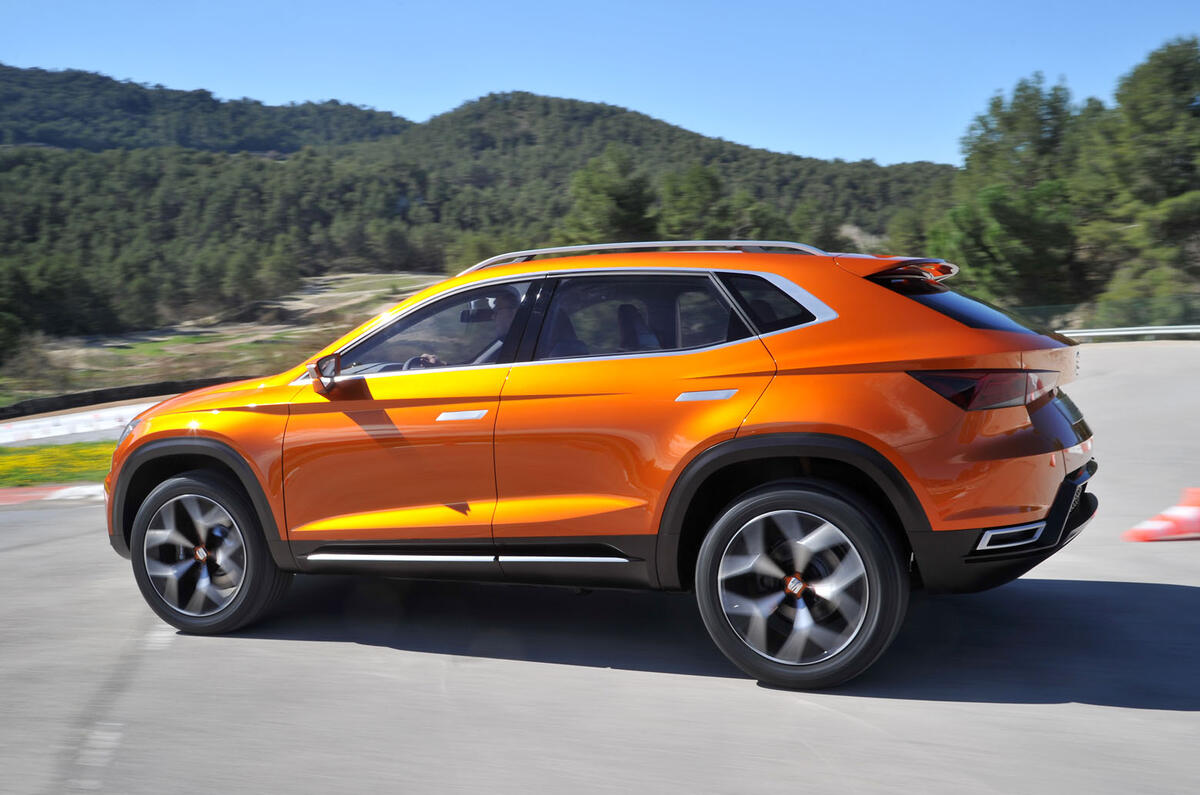
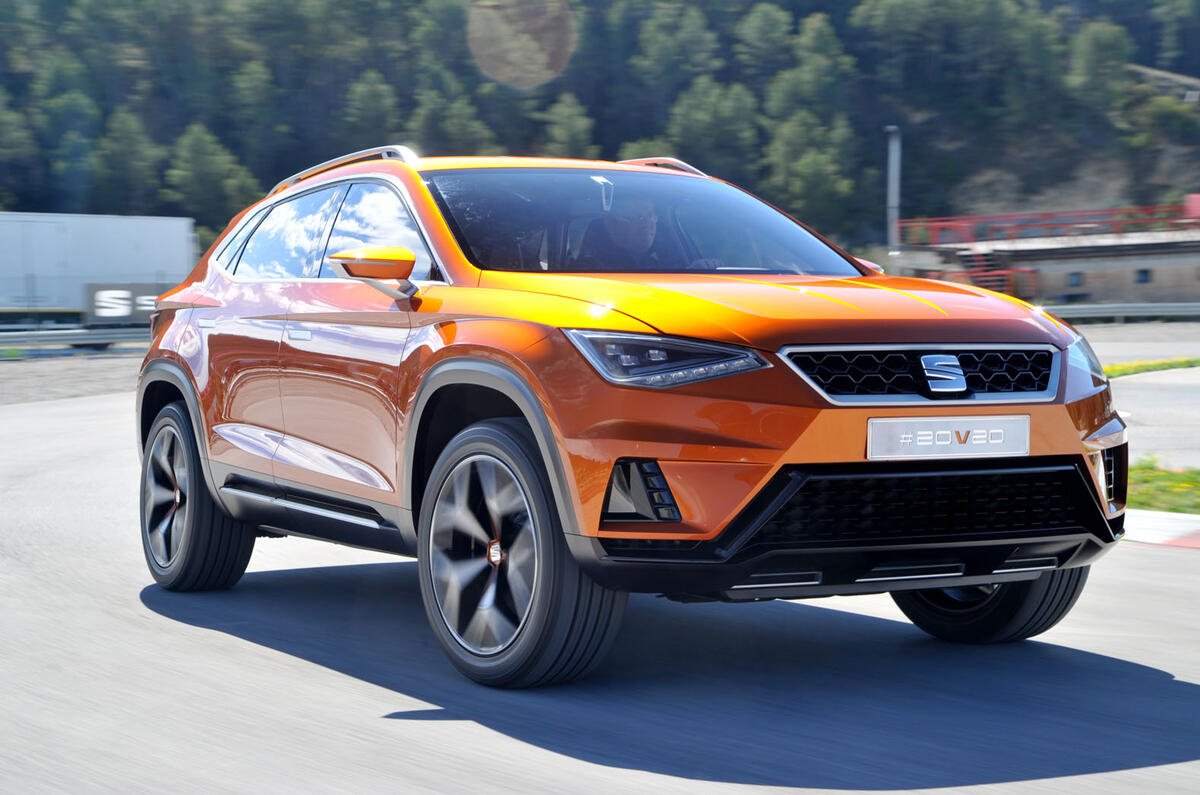
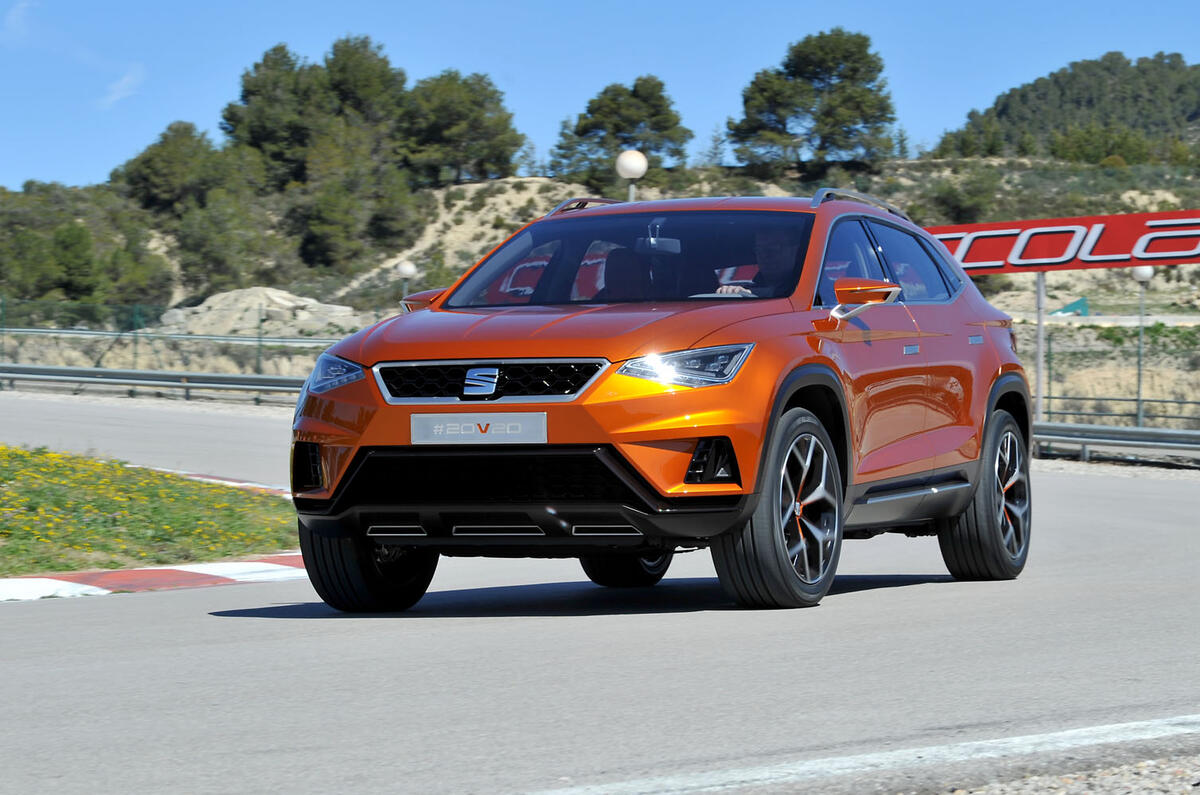
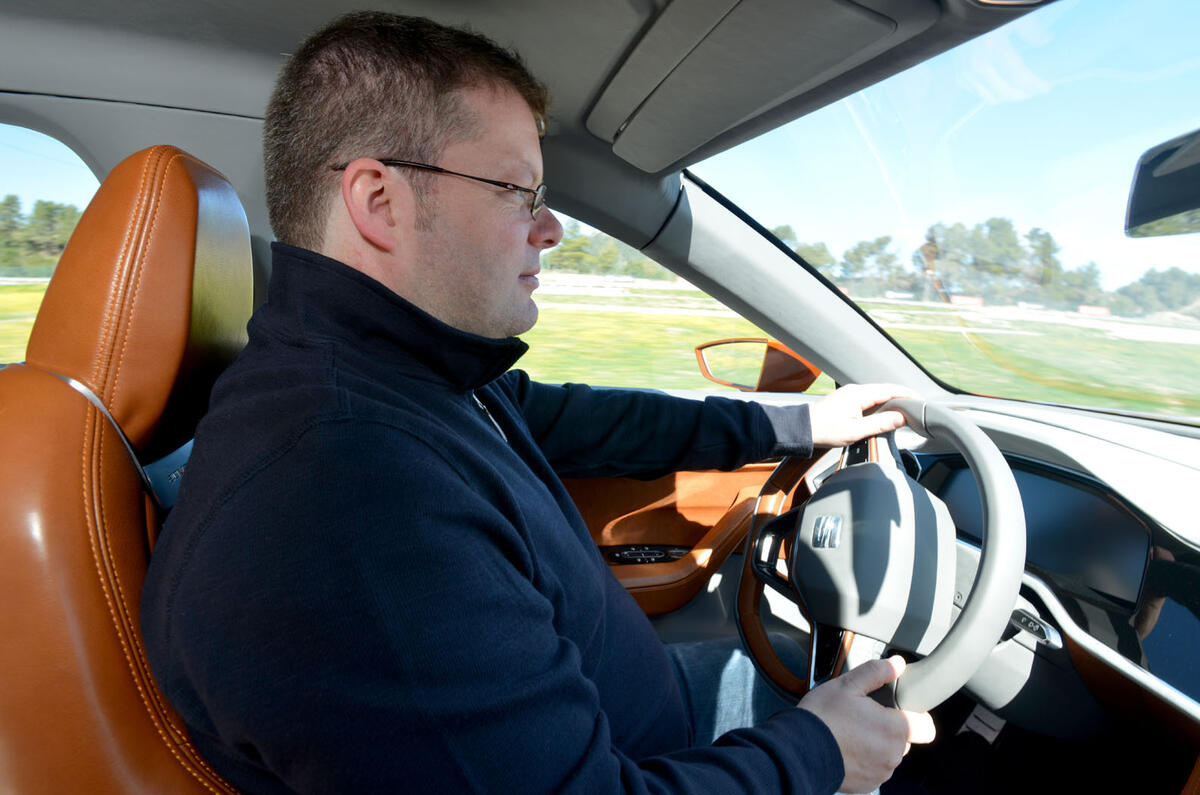
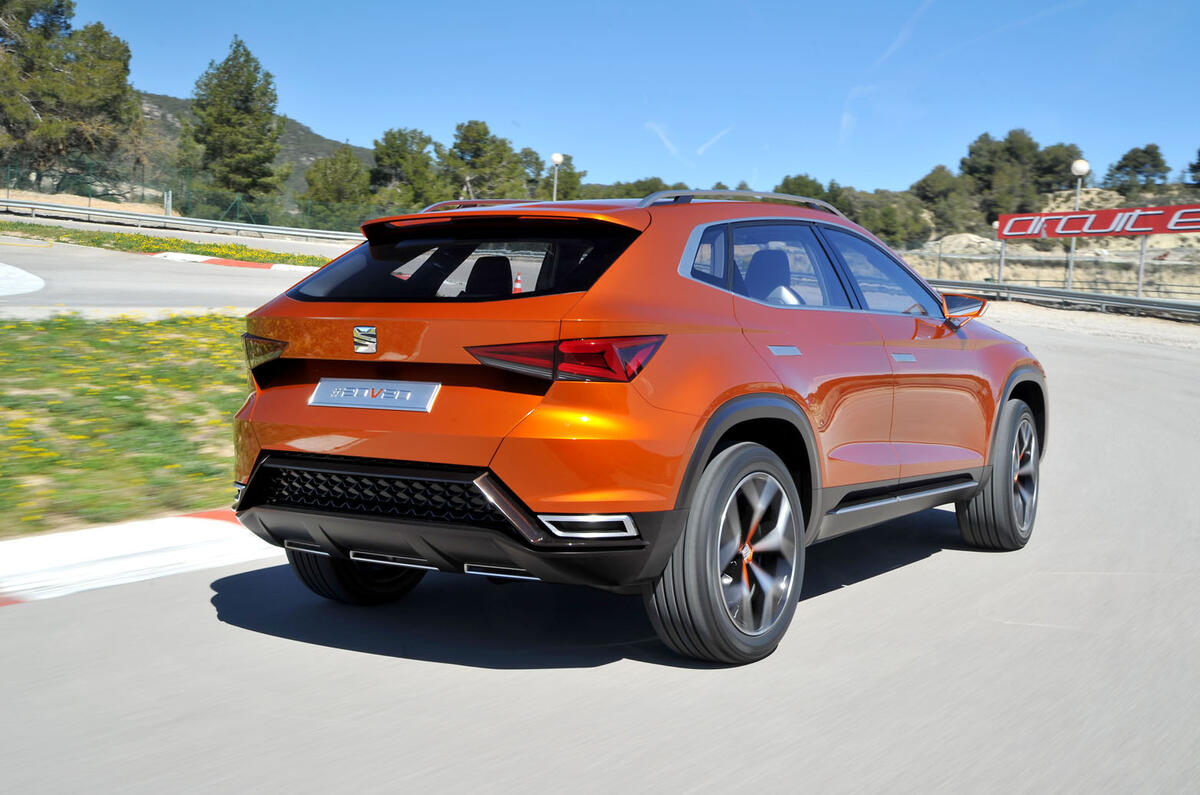
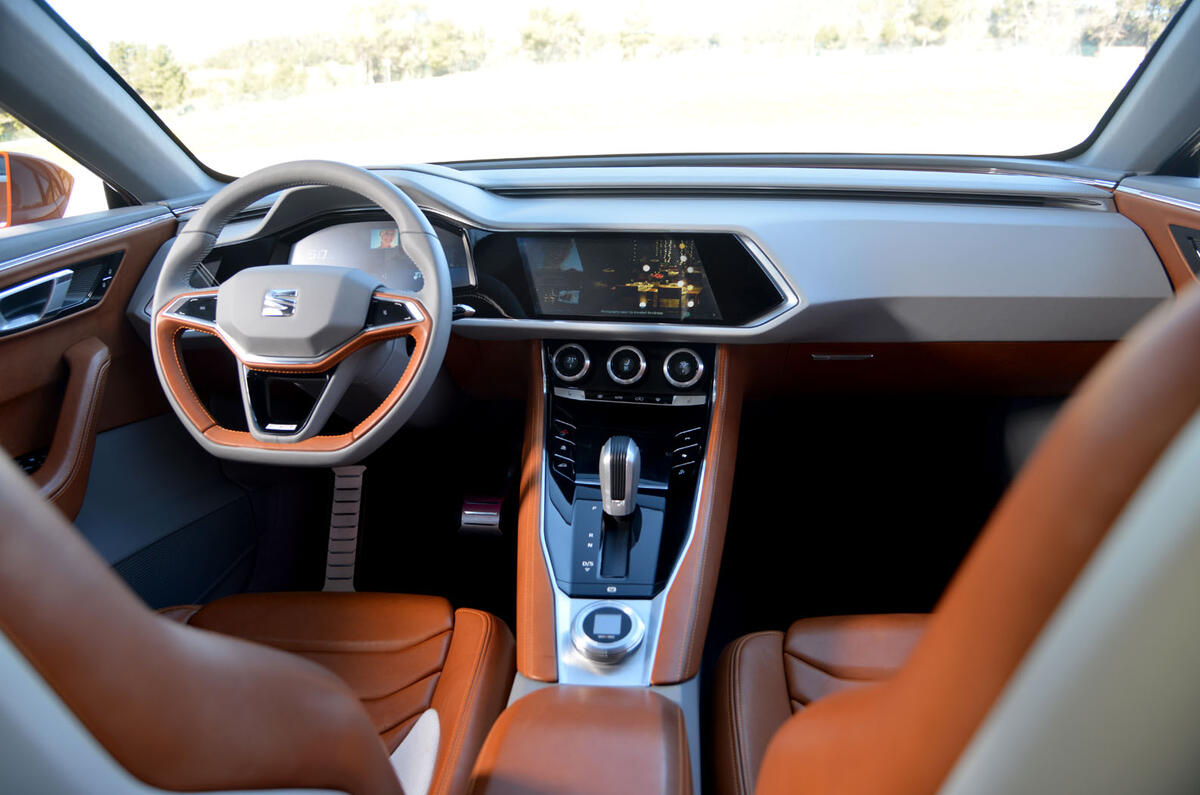
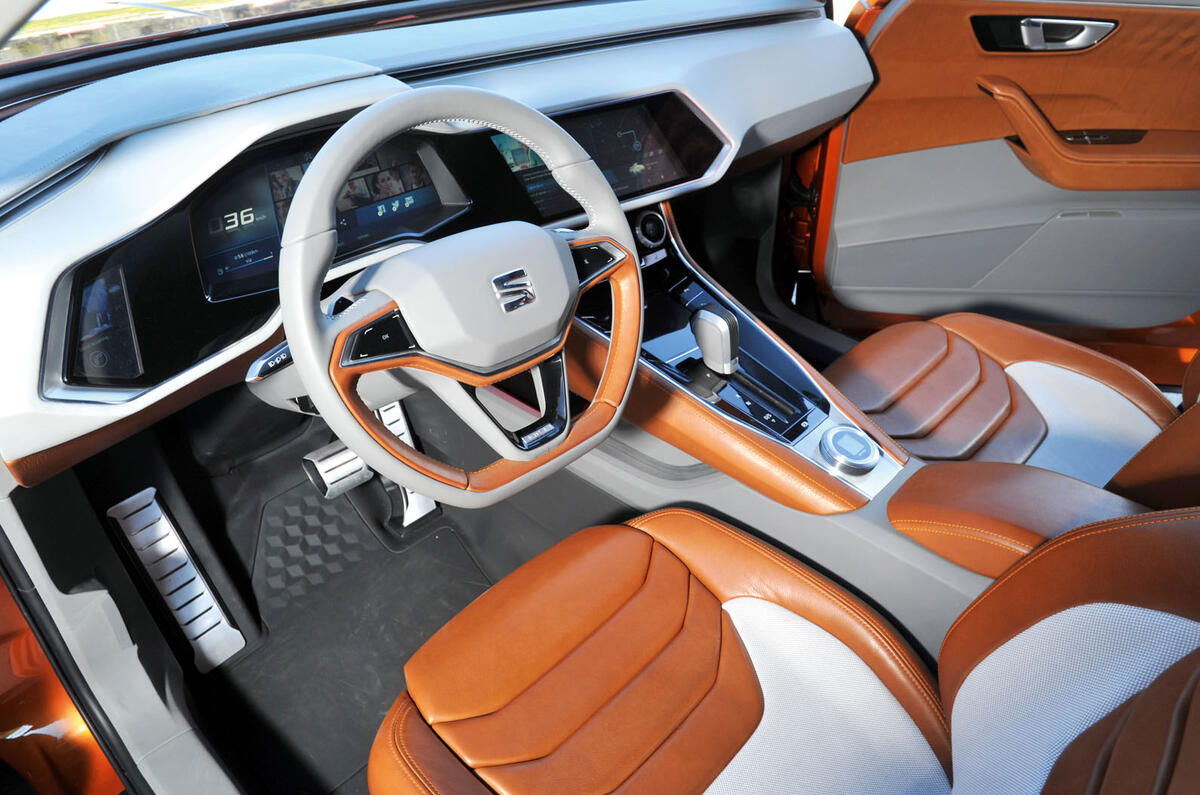
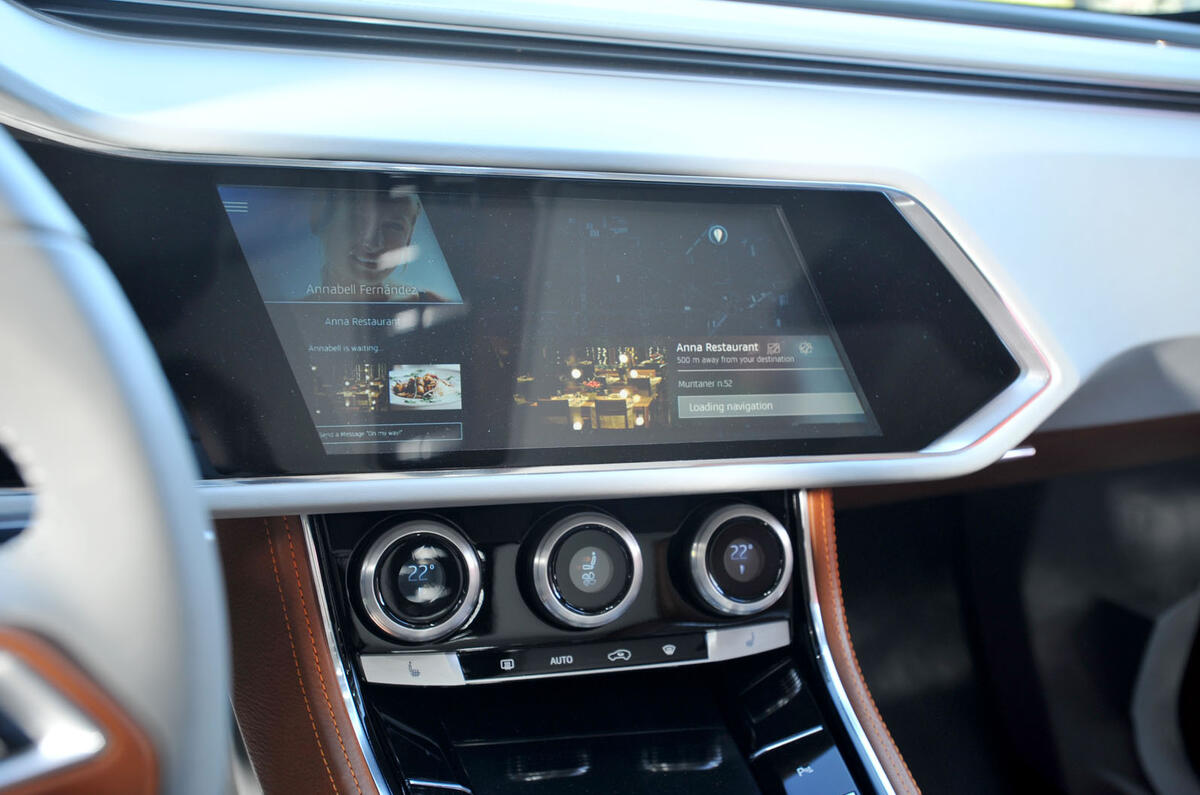
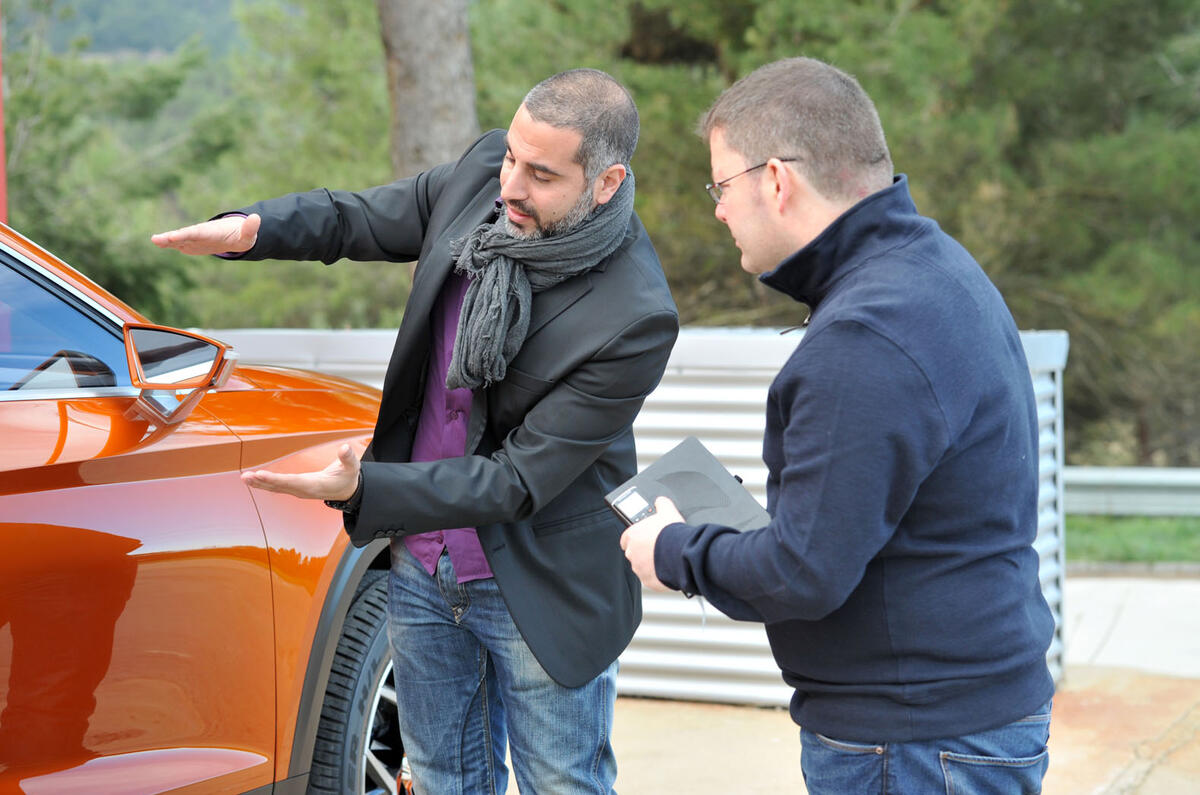
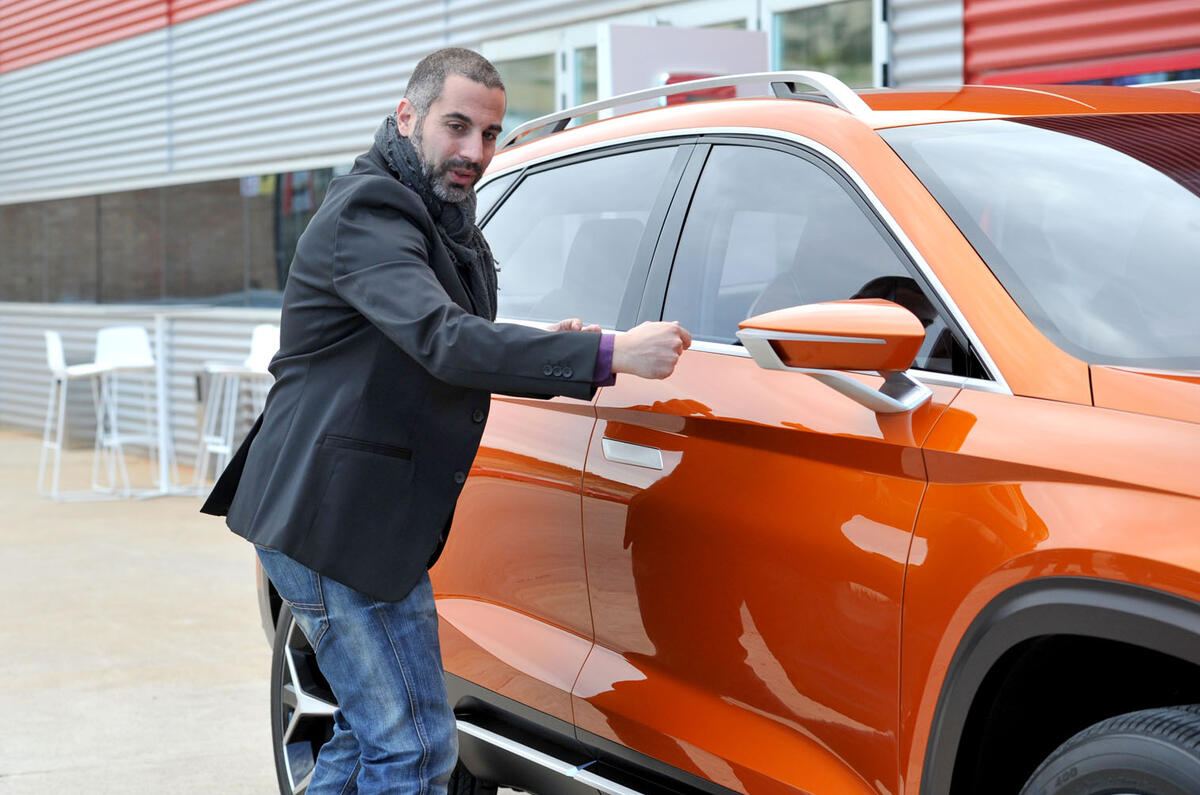
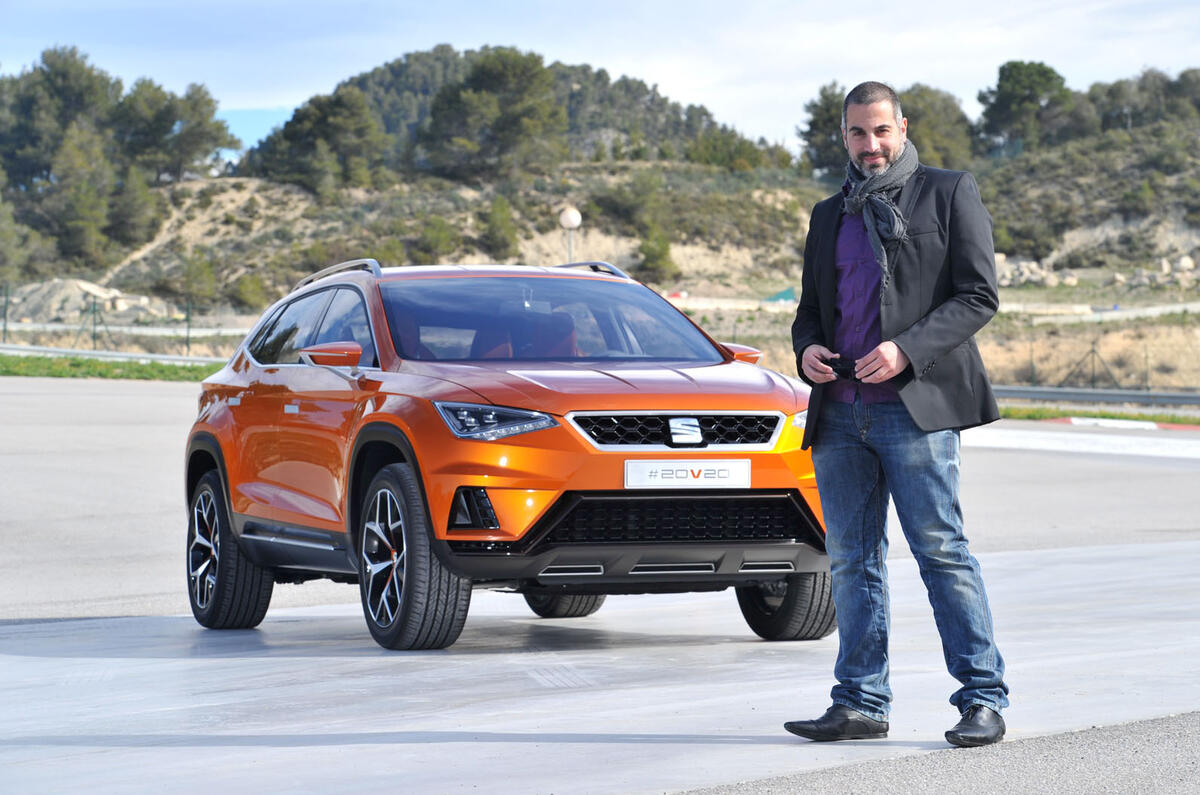
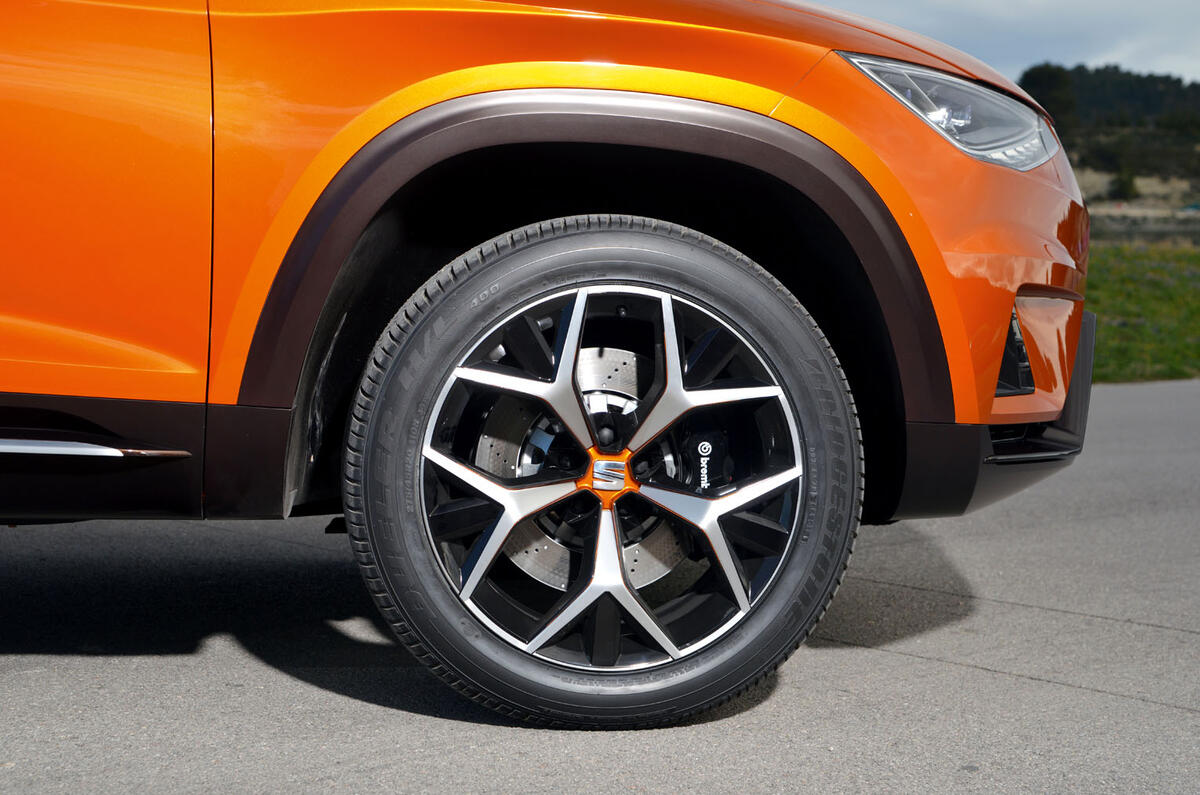
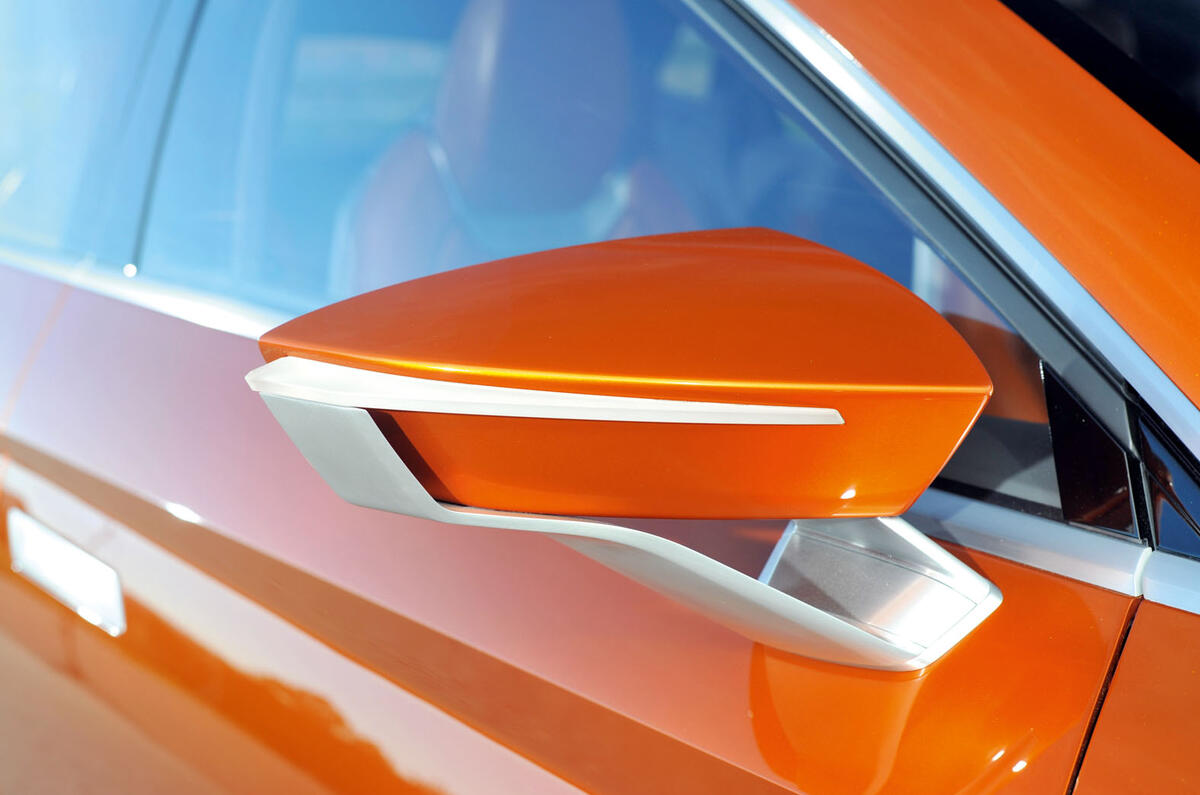
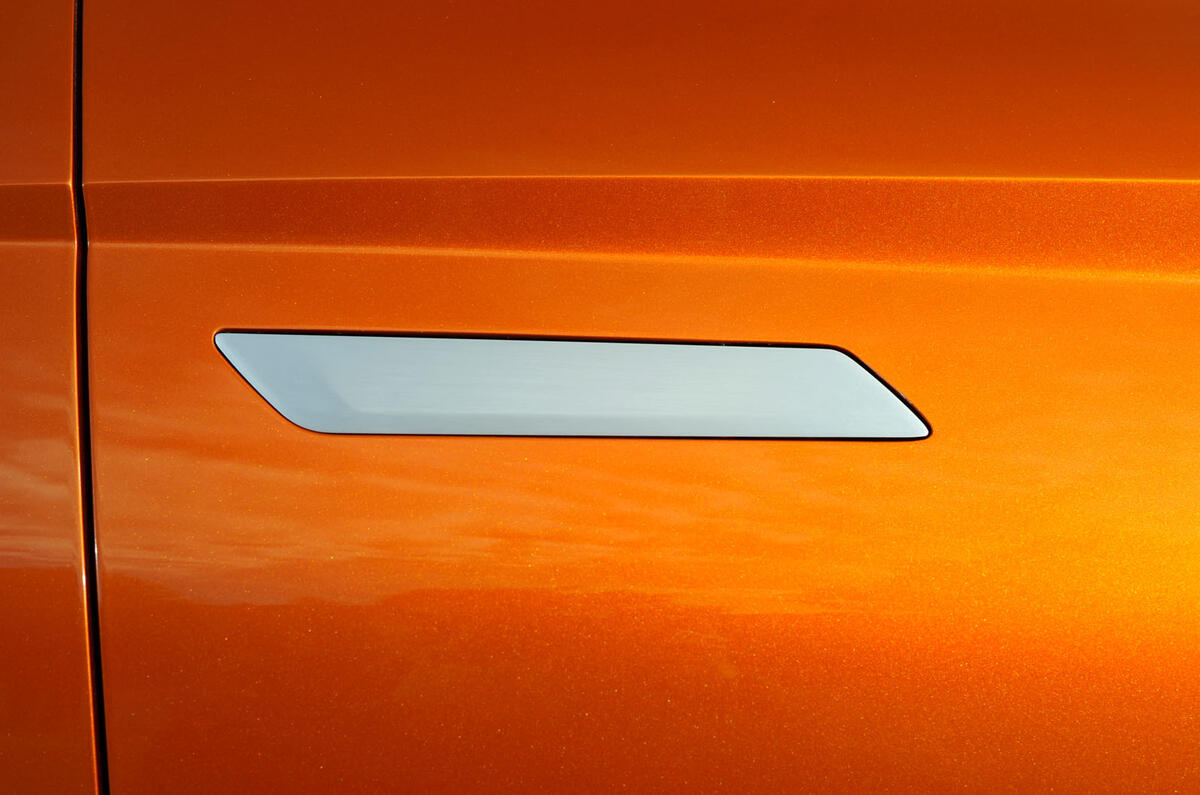
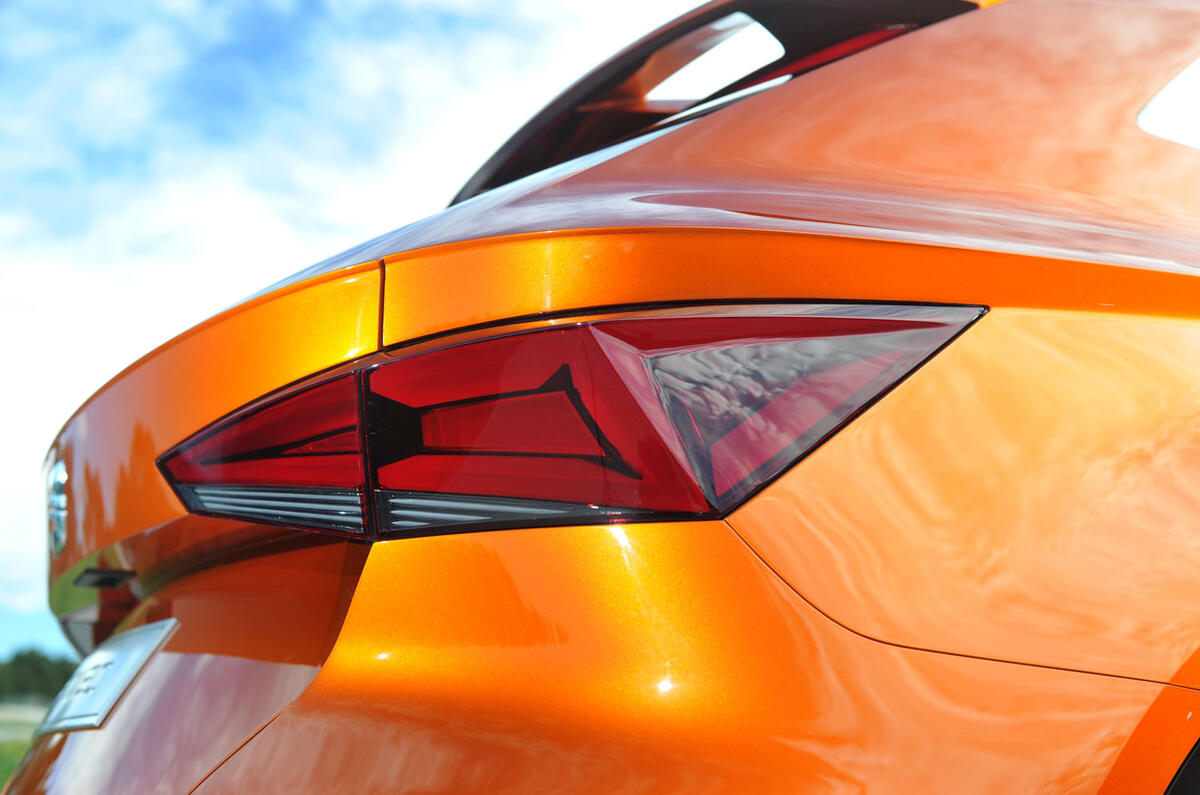
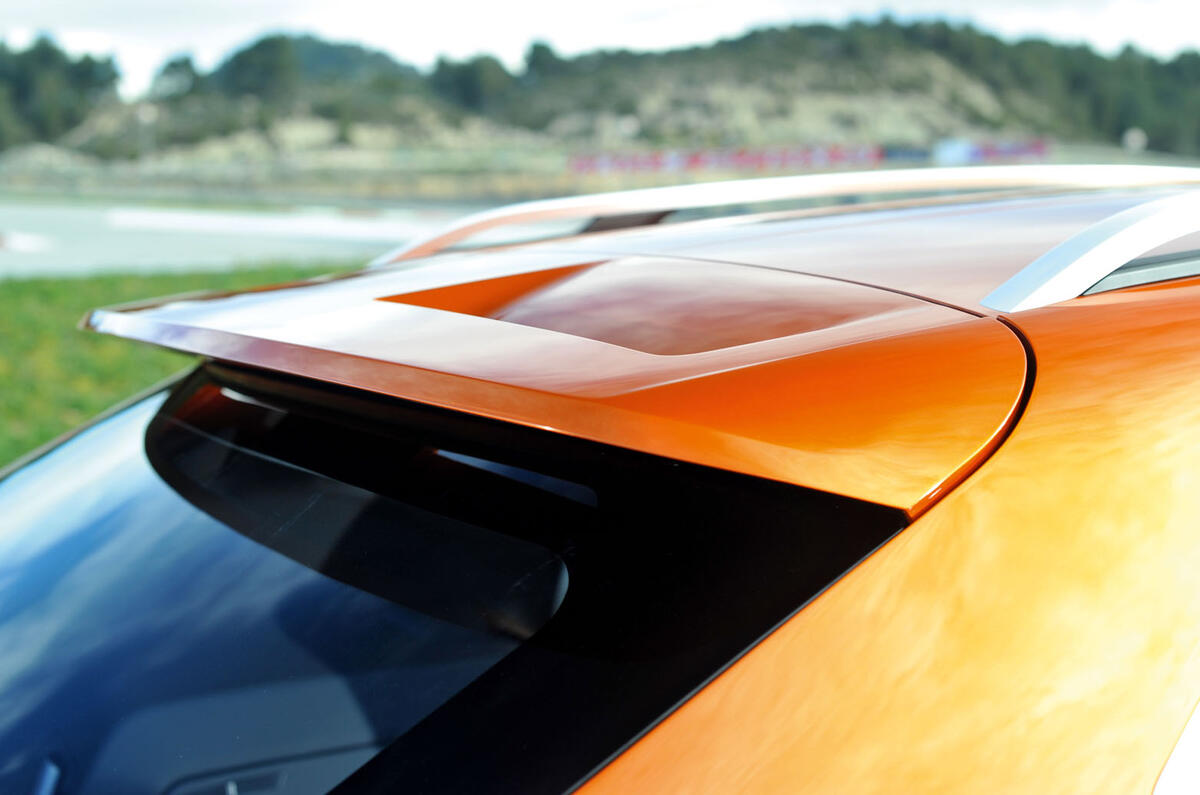
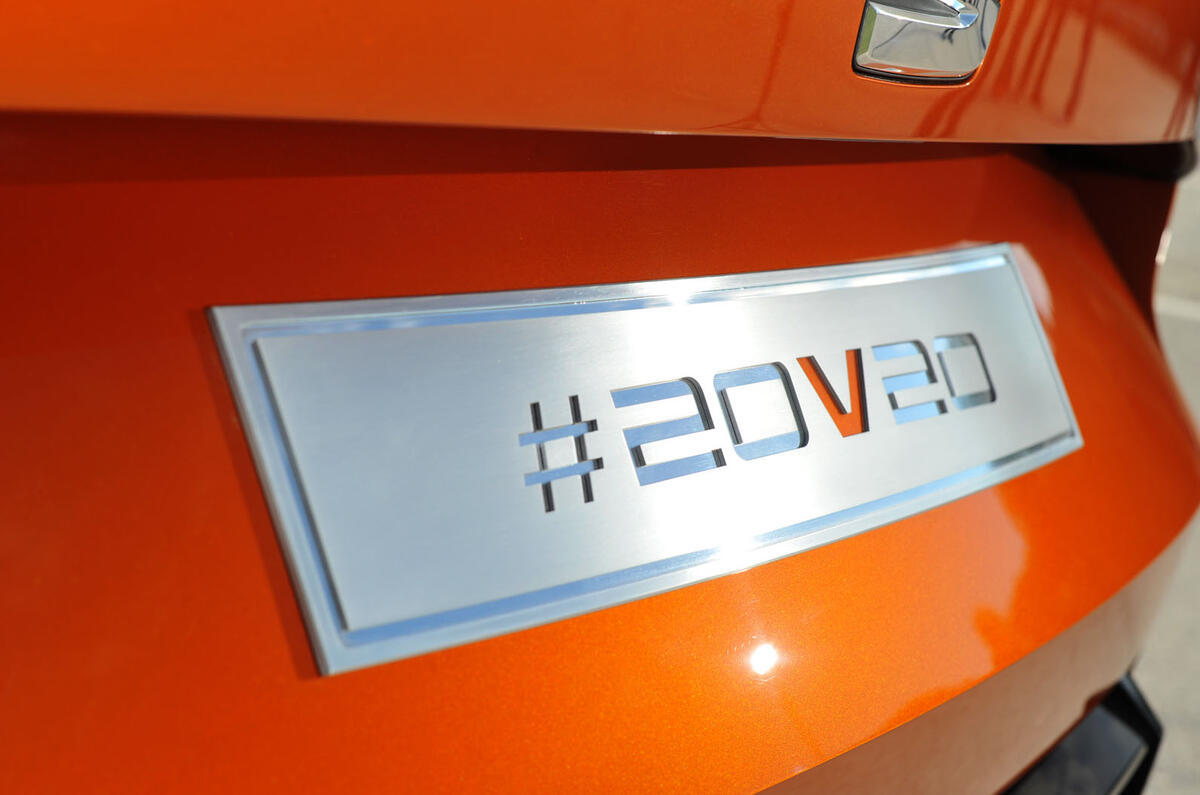
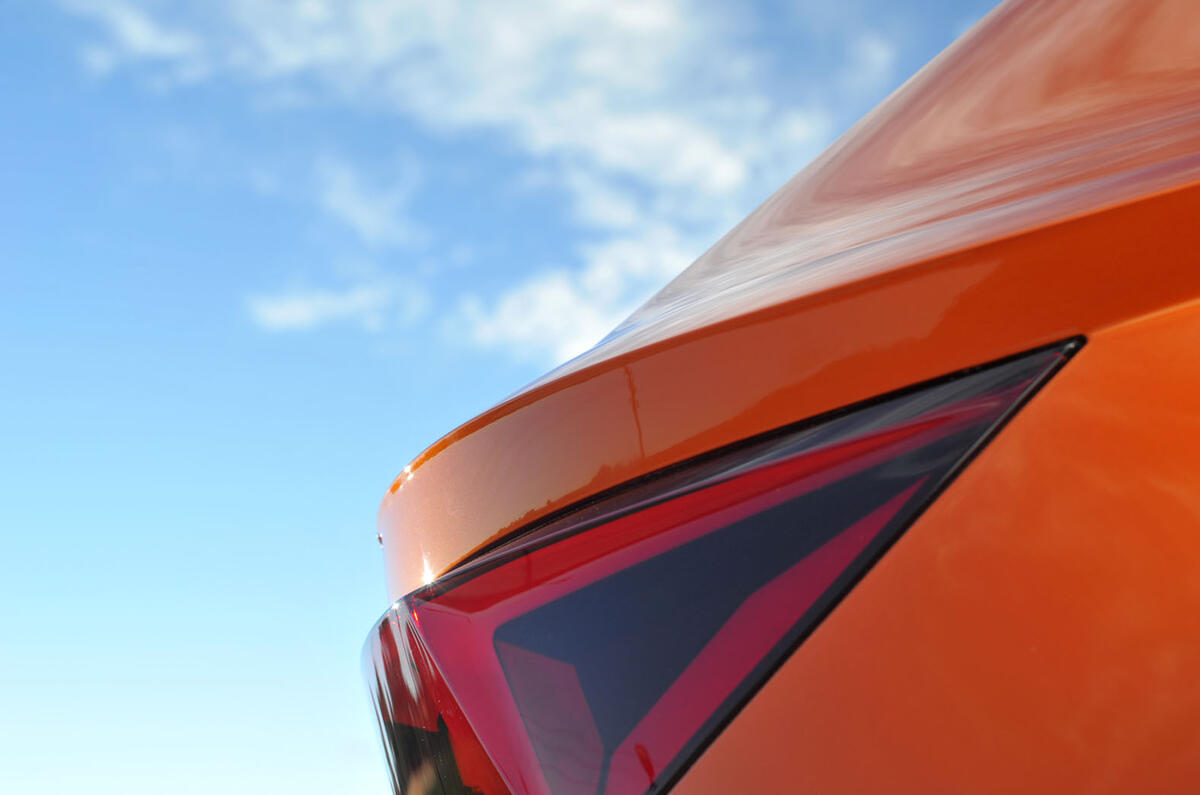
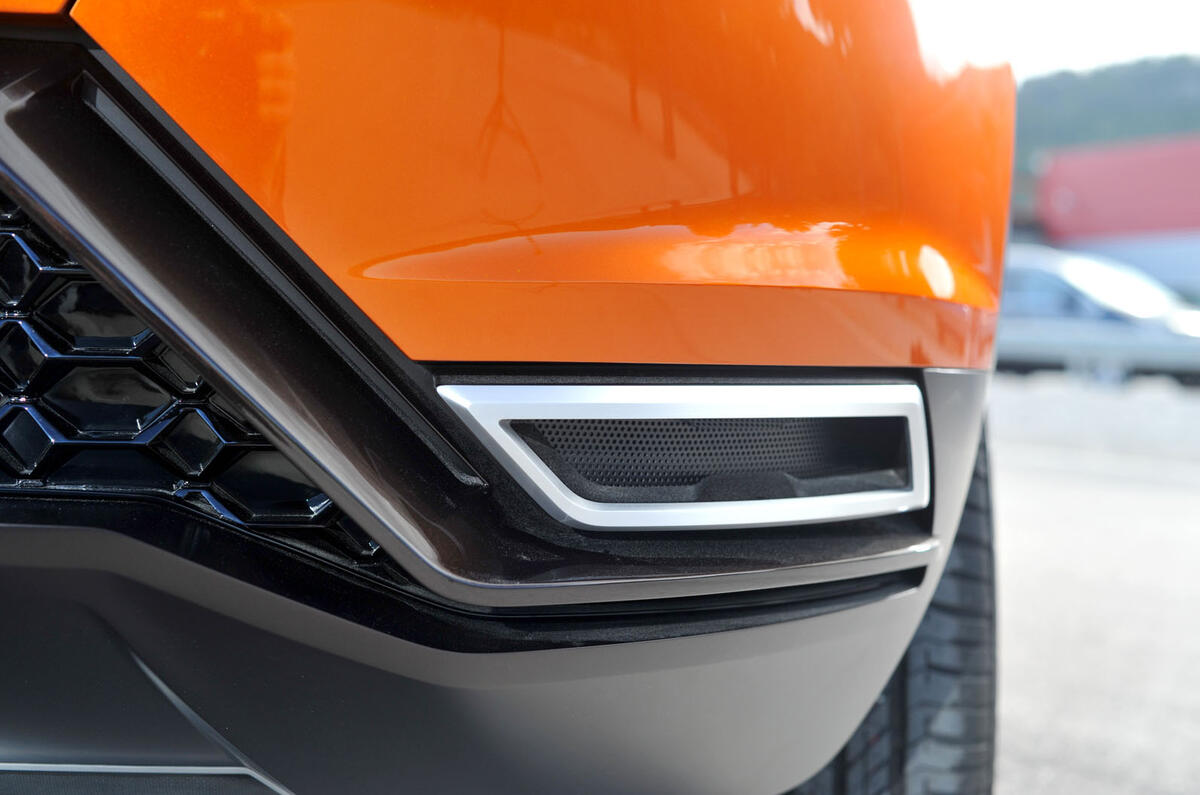
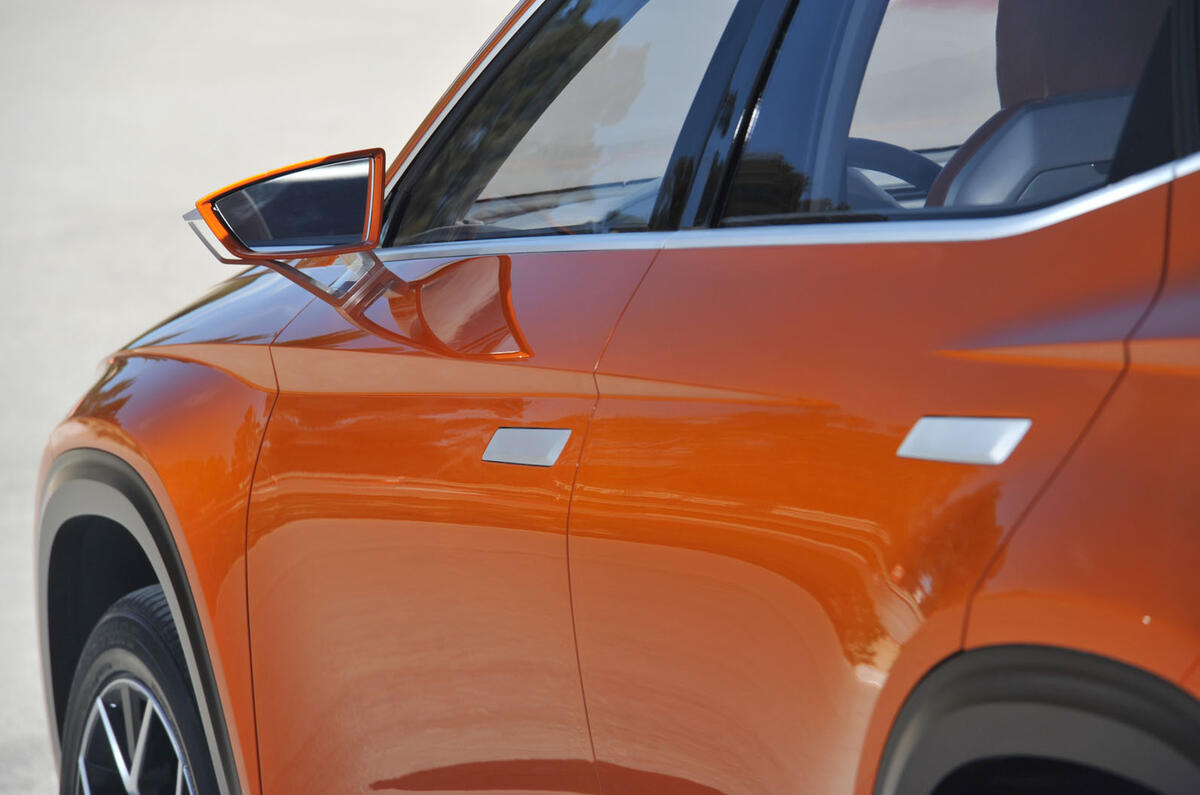
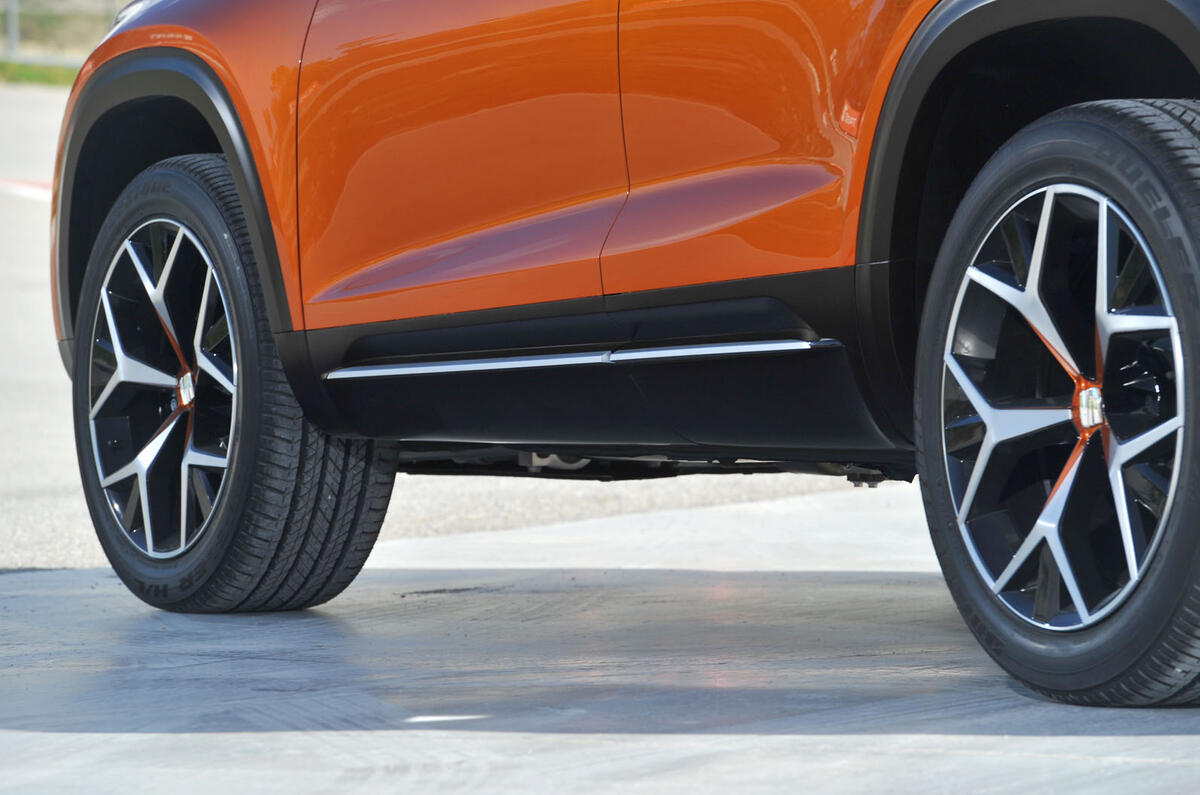
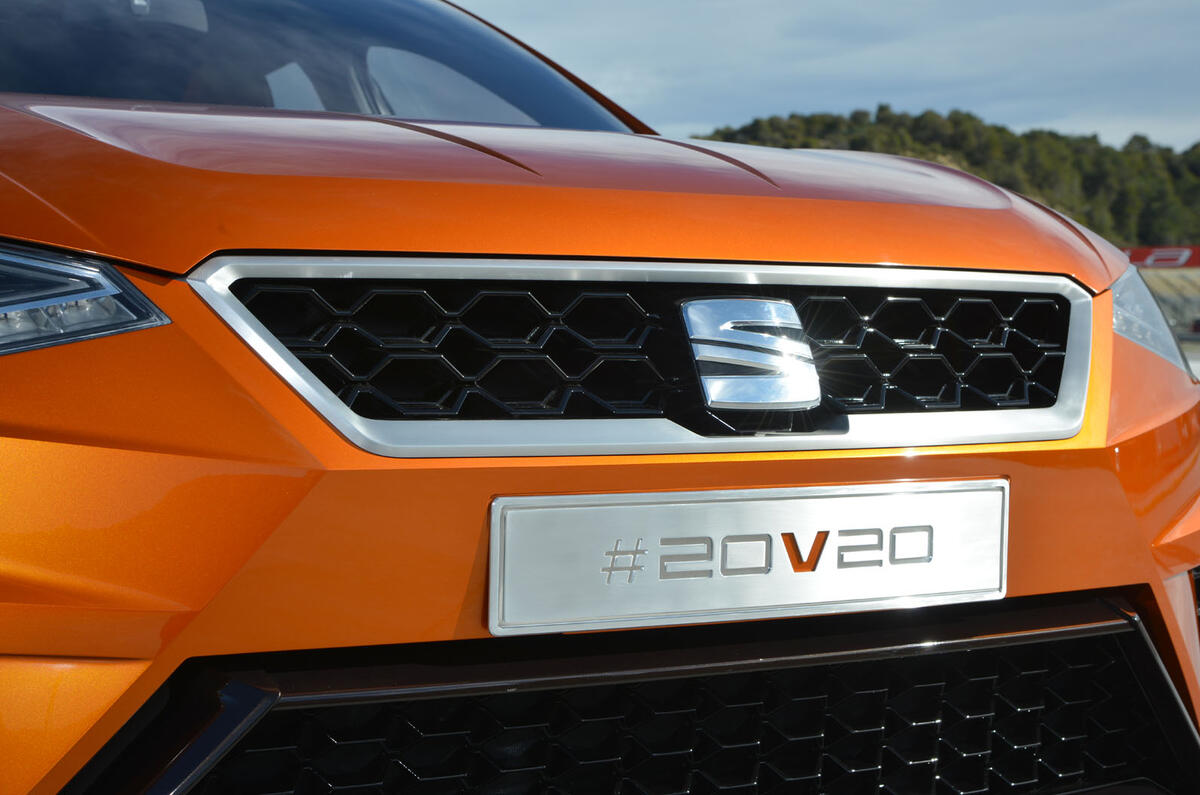
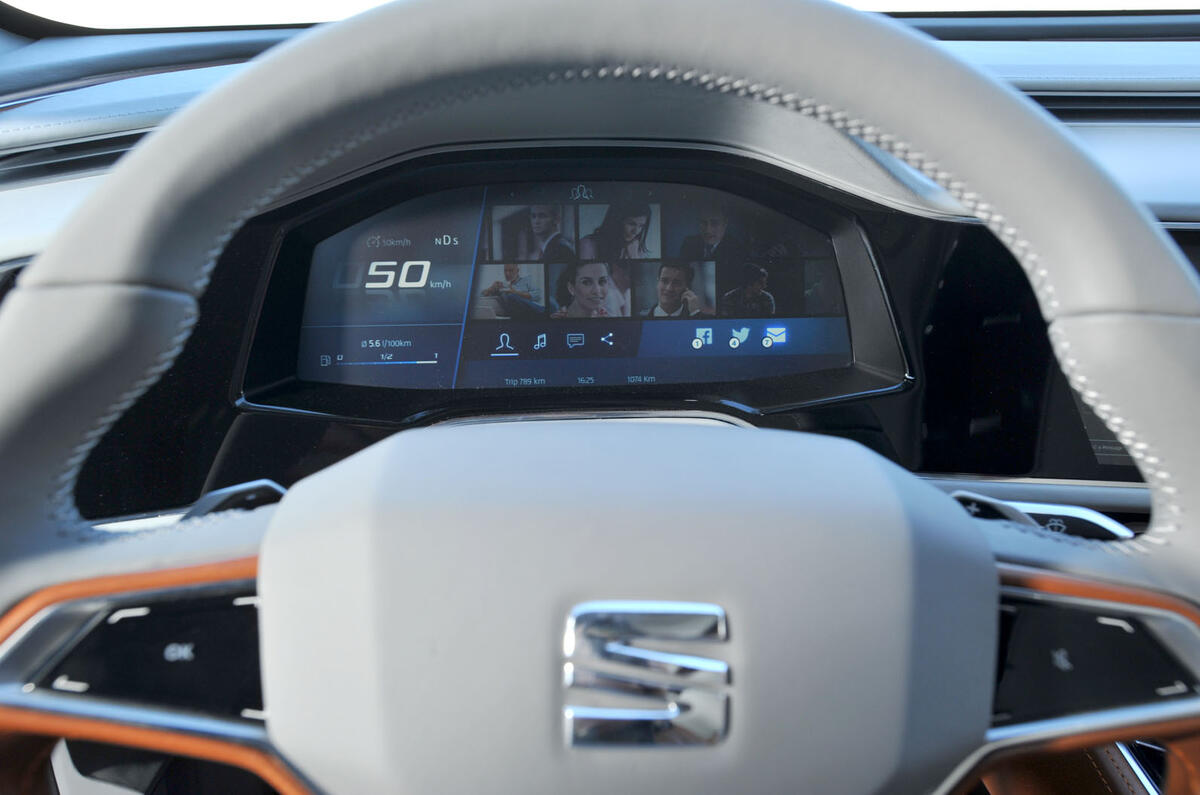
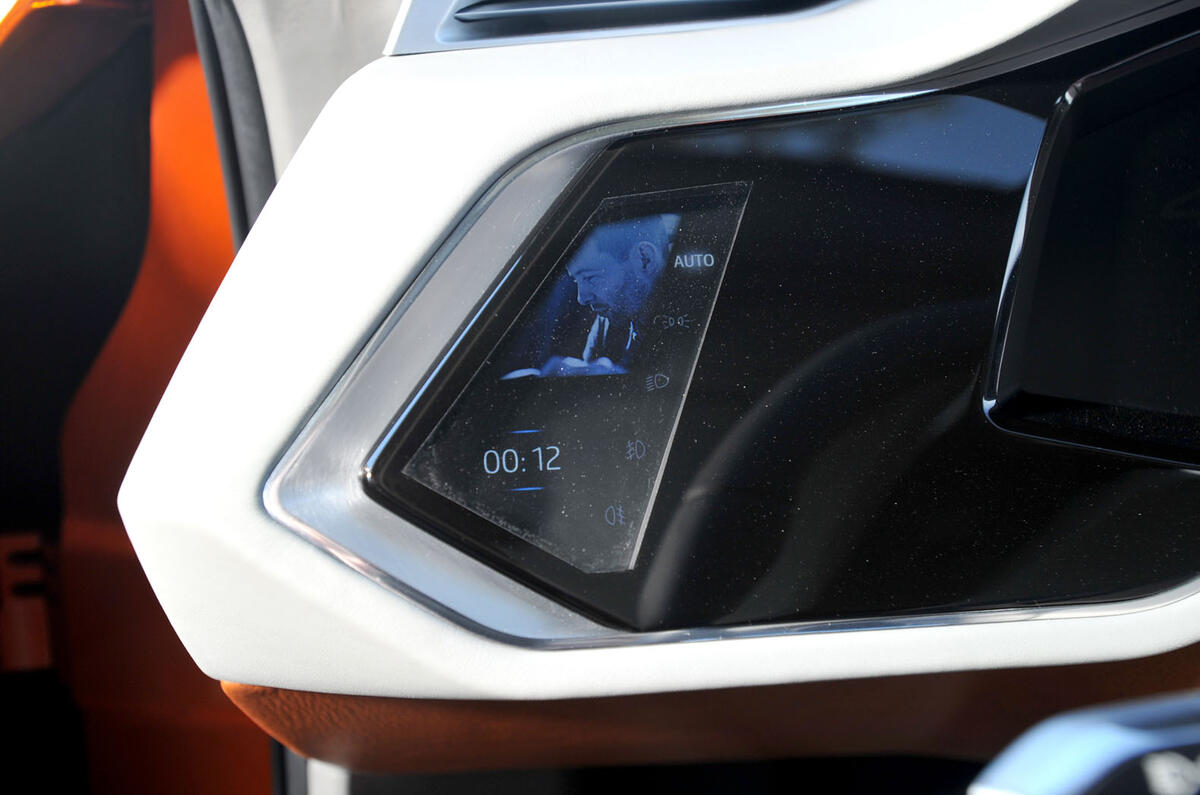
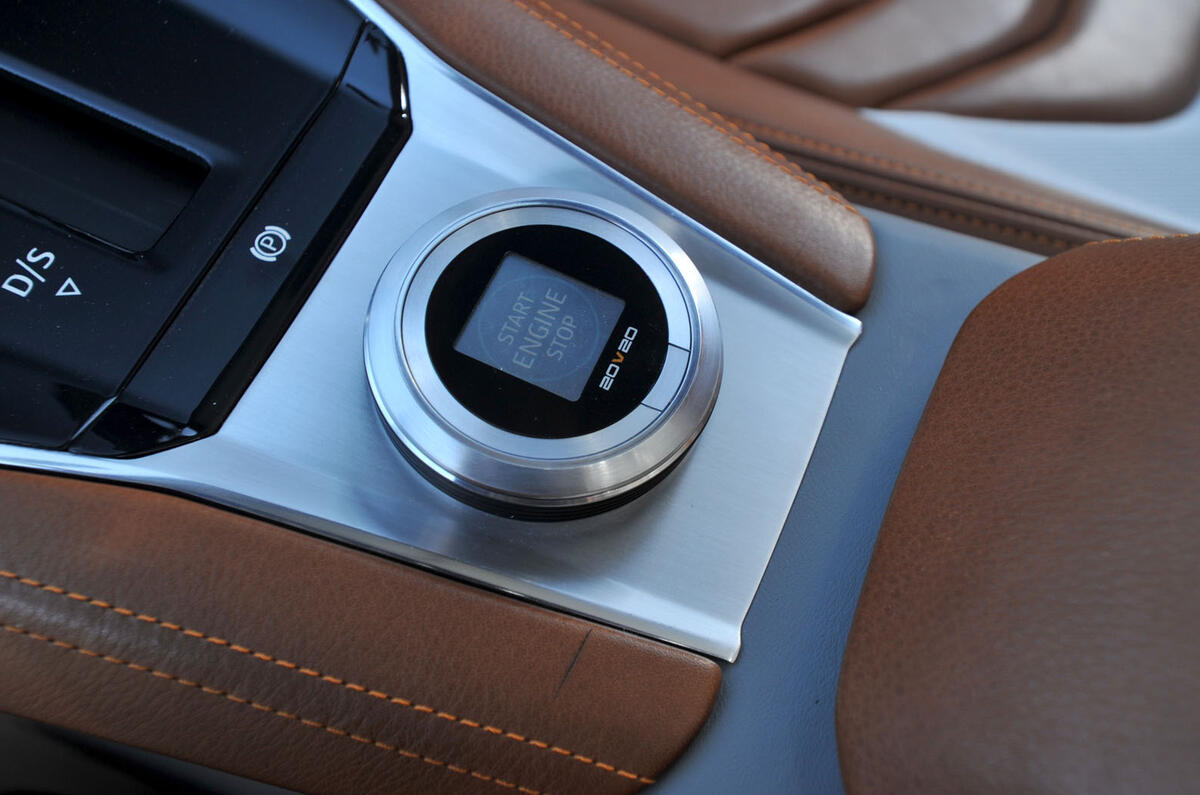
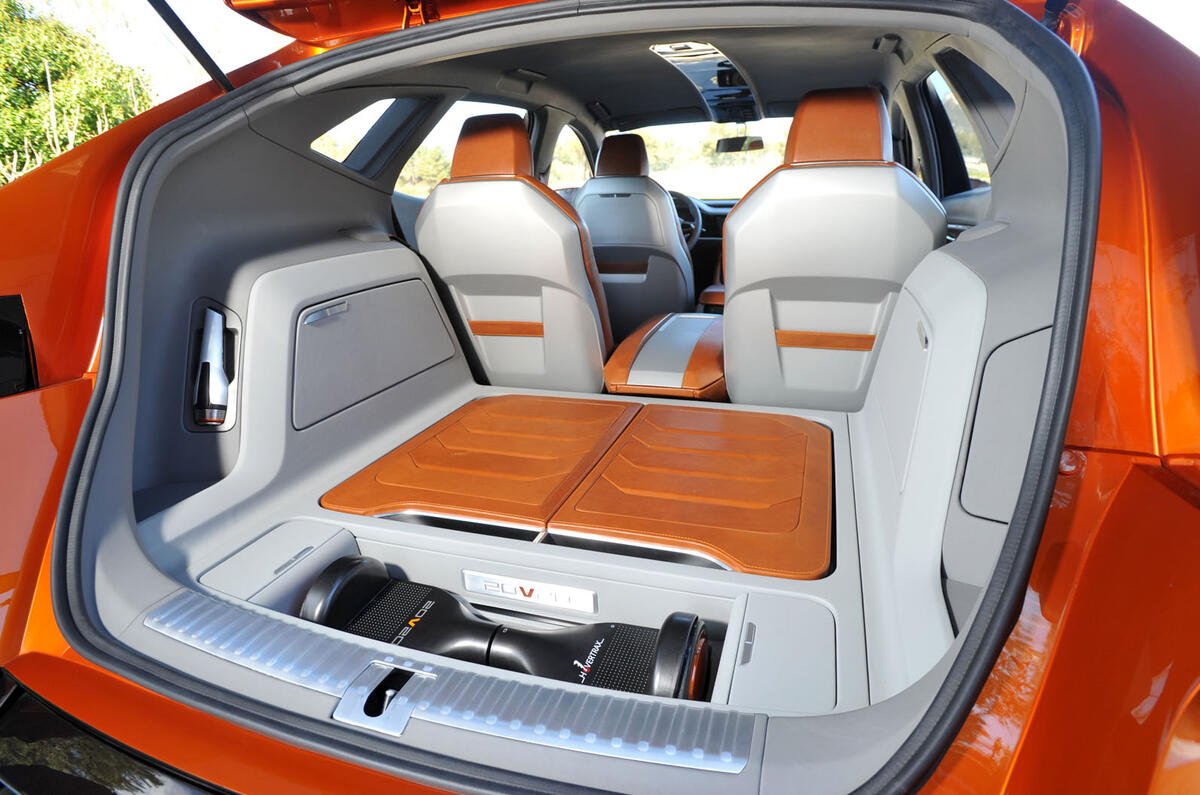
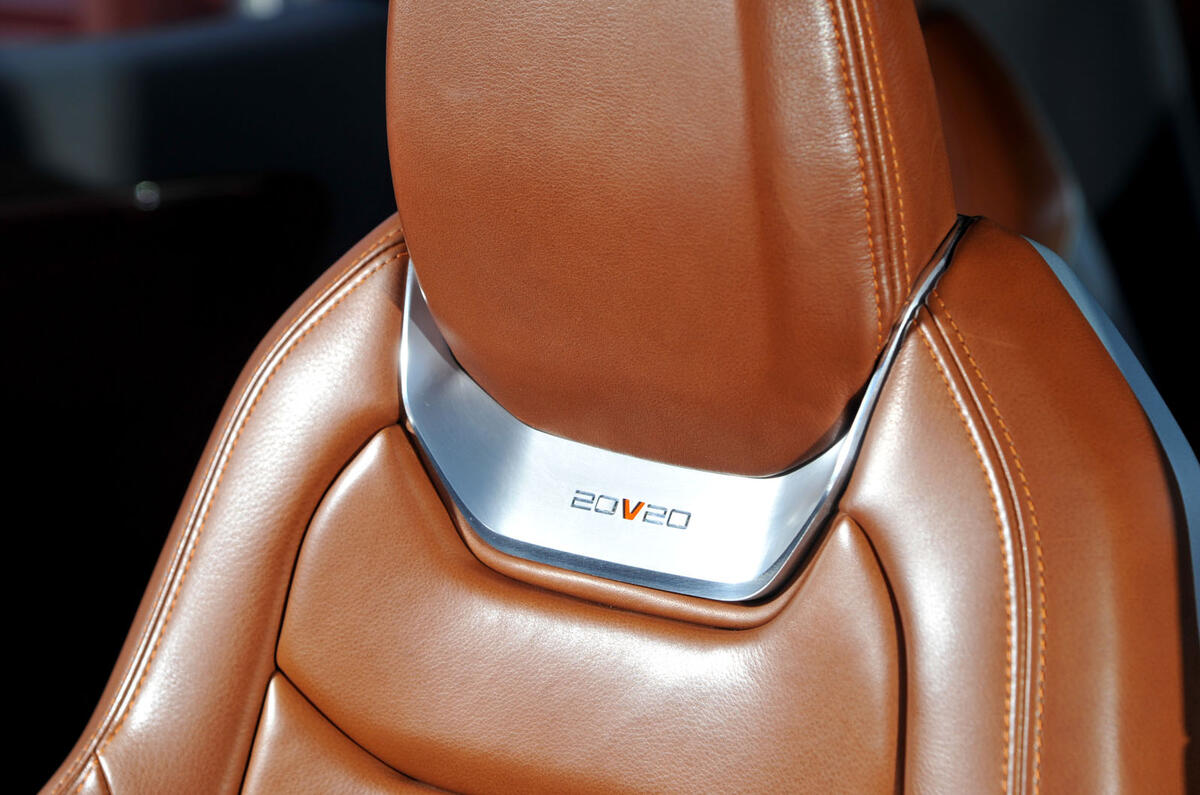
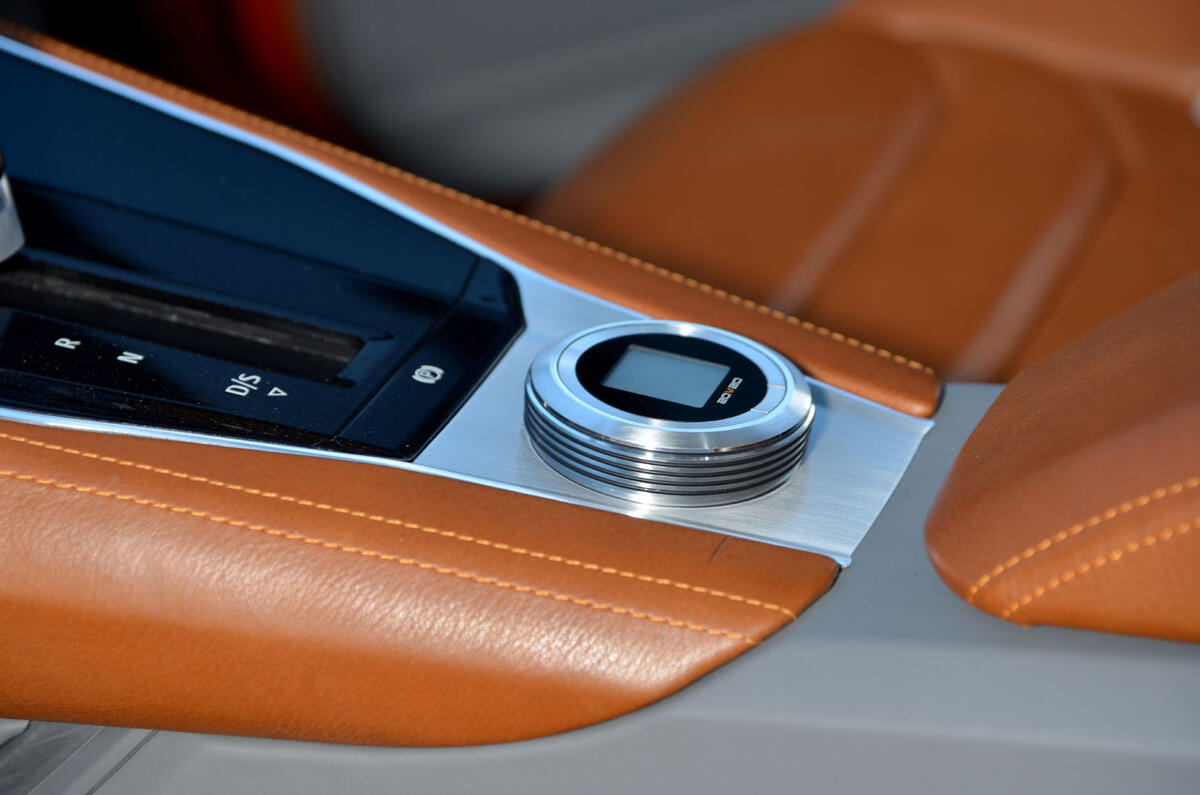
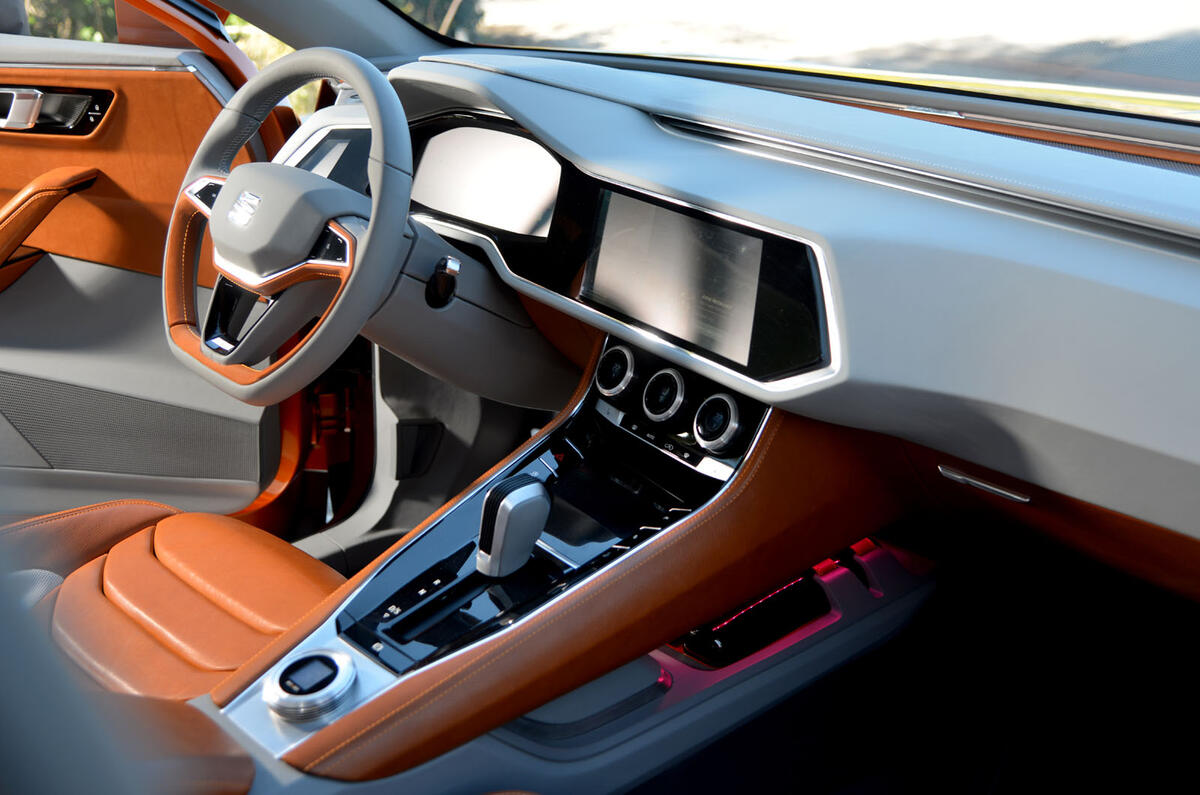
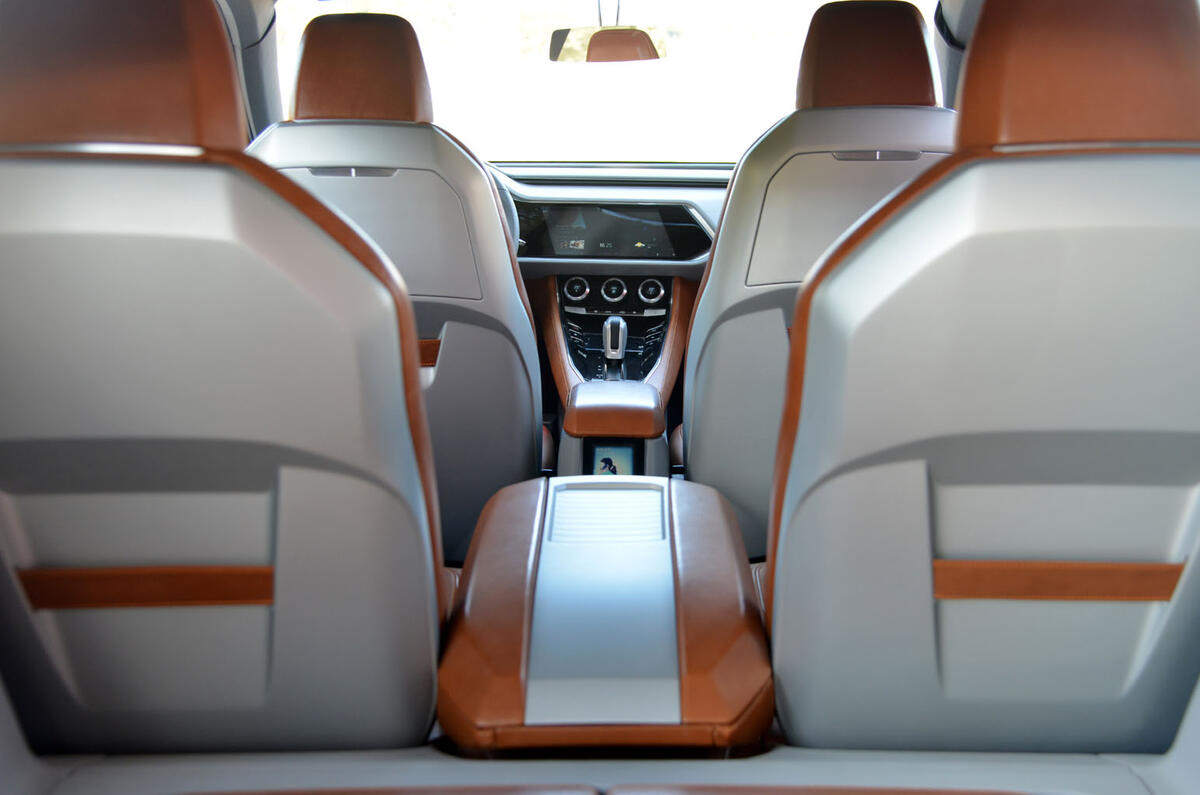
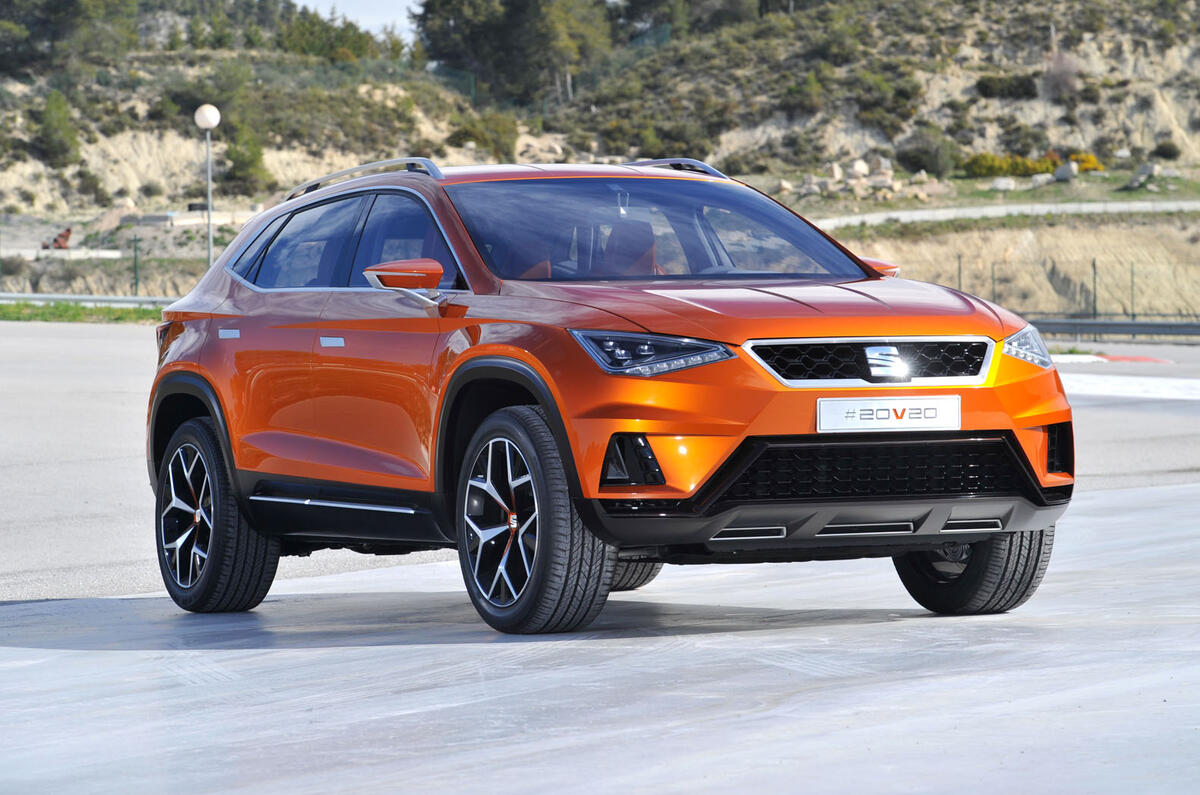
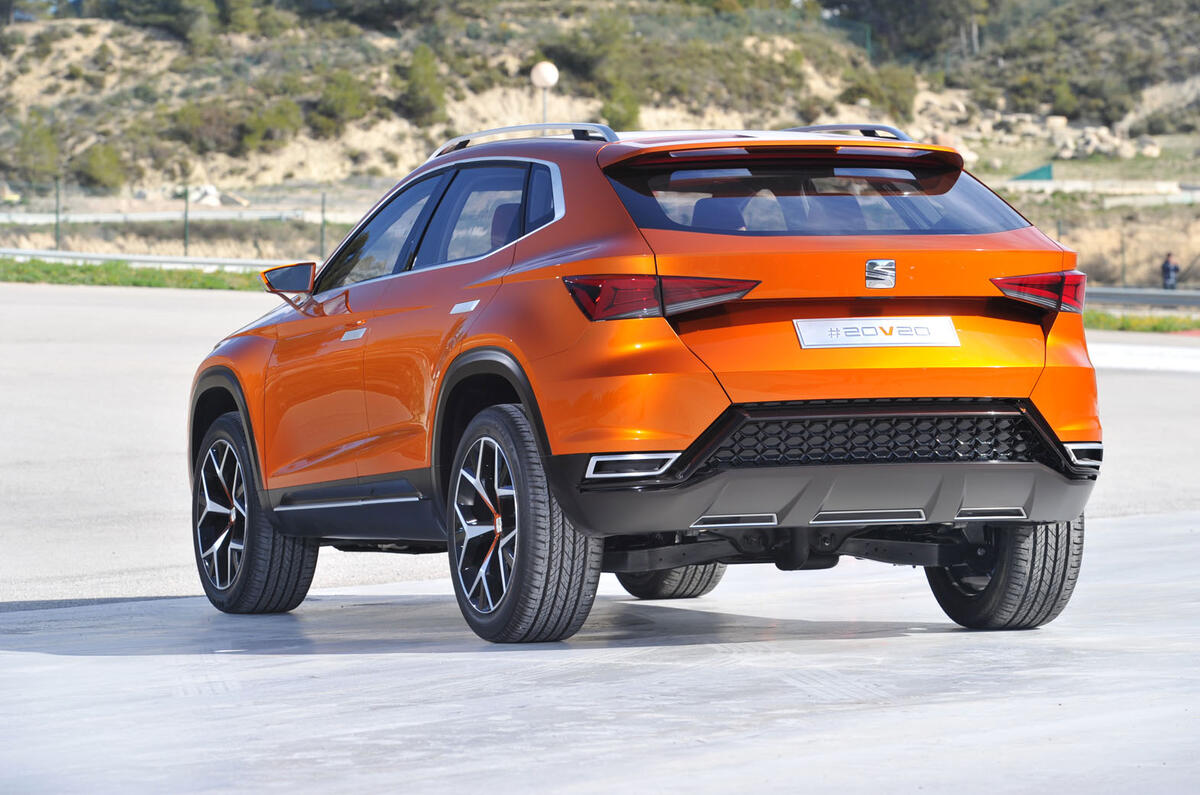
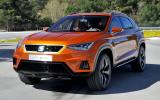
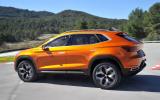
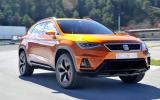
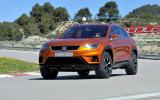
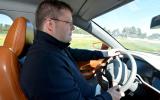
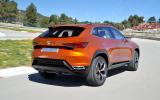
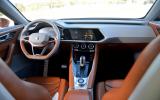
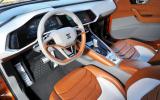
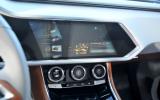

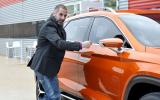
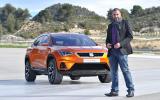
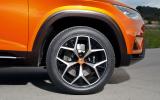
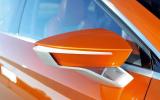
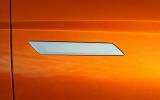
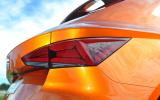
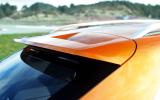
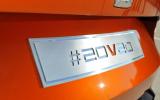
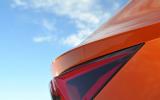

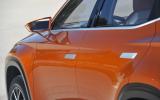
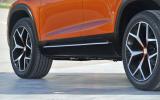
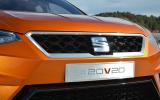
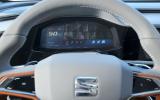
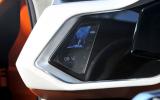
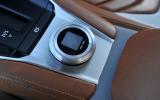
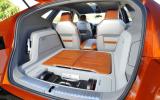
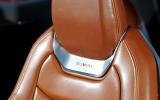
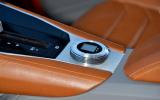
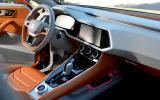

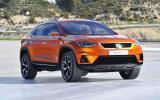
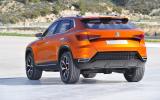



Join the debate
Add your comment
Size
Also, i fail to see the point of this concept.It just looks like a big Leon, if the ( hypothetical ) production model is so far away from being a reality they might as well have designed something exciting.
Thanks tuga - number tweaked
Thanks tuga - number tweaked in article.
?
Sexy Spanish Cousin